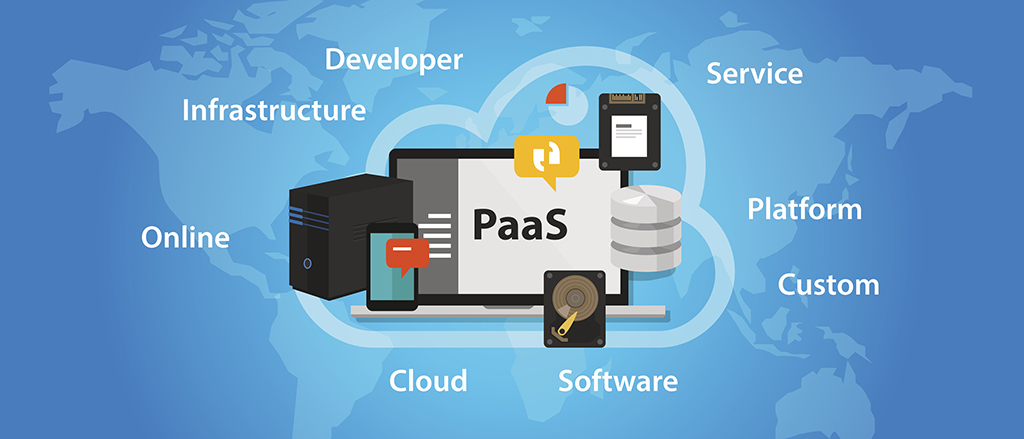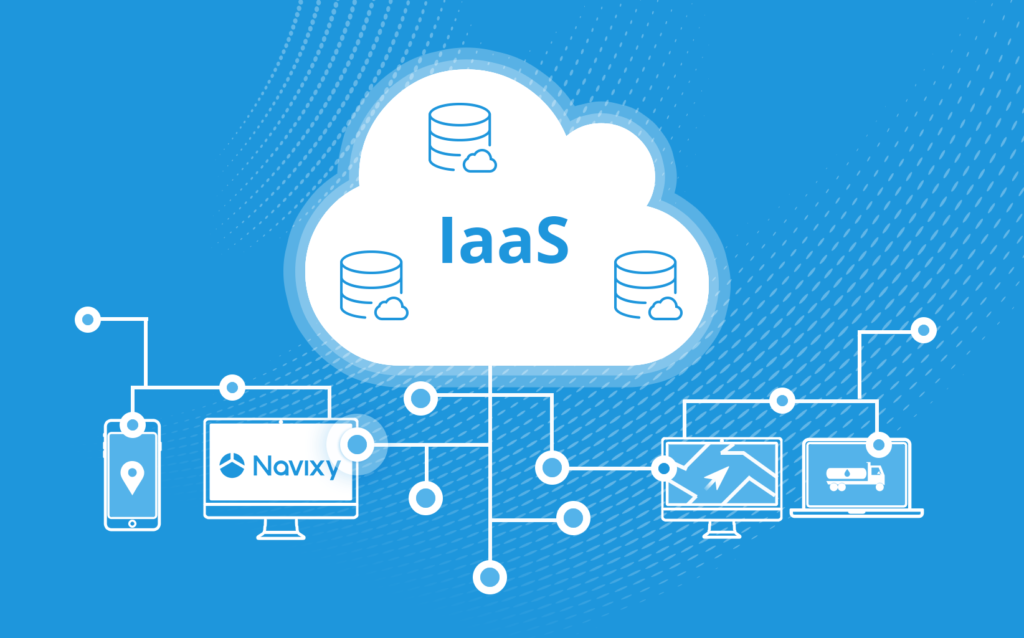Description
Platform as a Service (PaaS) is a transformative paradigm within cloud computing. It provides a comprehensive and integrated platform for developers to build, deploy, and manage applications without the intricacies of underlying infrastructure management. In essence, PaaS offers a complete development and runtime environment as a service, enabling organizations to focus on creating and enhancing their applications while abstracting the complexities associated with hardware, networking, and operating systems.




Simon –
Our experience with PaaS has been marked by scalability and high performance. The platform seamlessly scales resources based on demand, ensuring that our applications can handle increased workloads without compromising performance. This scalability is essential for meeting the dynamic needs of our growing business.
Ayuba –
PaaS provides a collaborative development environment that fosters teamwork among our developers. The platform’s shared tools and resources enable efficient collaboration, improving communication and coordination within our development teams. This has led to increased productivity and innovation.
Jamila –
The automated maintenance and updates offered by PaaS have been a game-changer for our IT team. We no longer have to worry about routine maintenance tasks, security patches, or software updates. This not only saves time but ensures that our applications are running on the latest and most secure versions.
Veronica –
PaaS has proven to be a cost-efficient solution for our business. The platform takes care of the underlying infrastructure, allowing us to allocate resources more efficiently. We can scale our applications seamlessly without the burden of managing servers, reducing both operational and capital expenses.
Samaila –
Platform as a Service (PaaS) has revolutionized our application development process. The streamlined environment provided by PaaS allows our developers to focus on coding and innovation, accelerating the development lifecycle. This has translated into faster time-to-market for our applications.